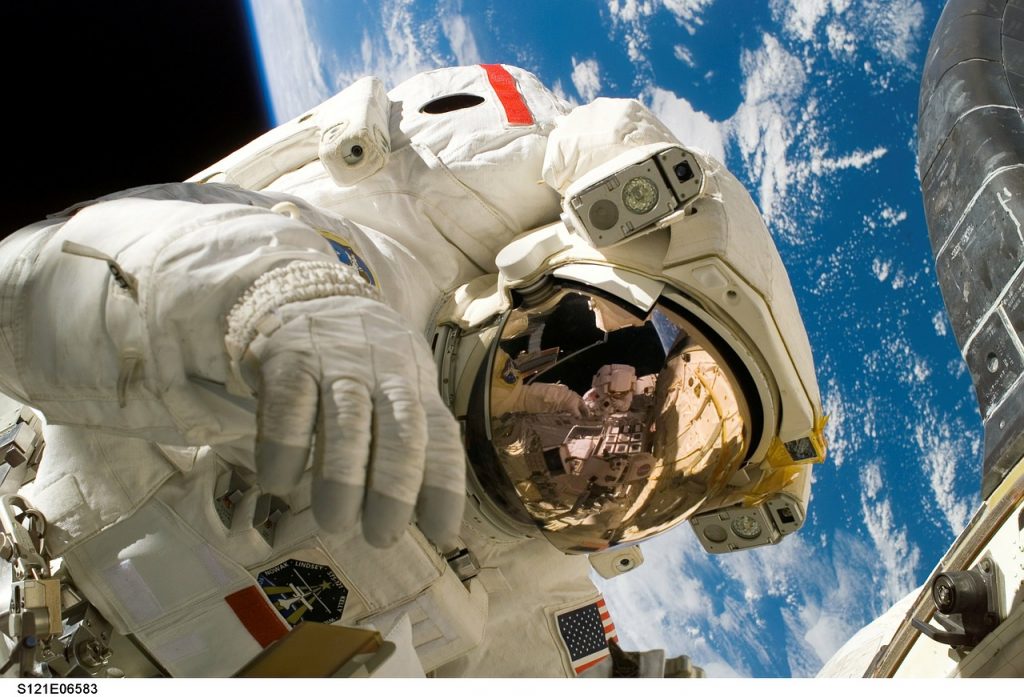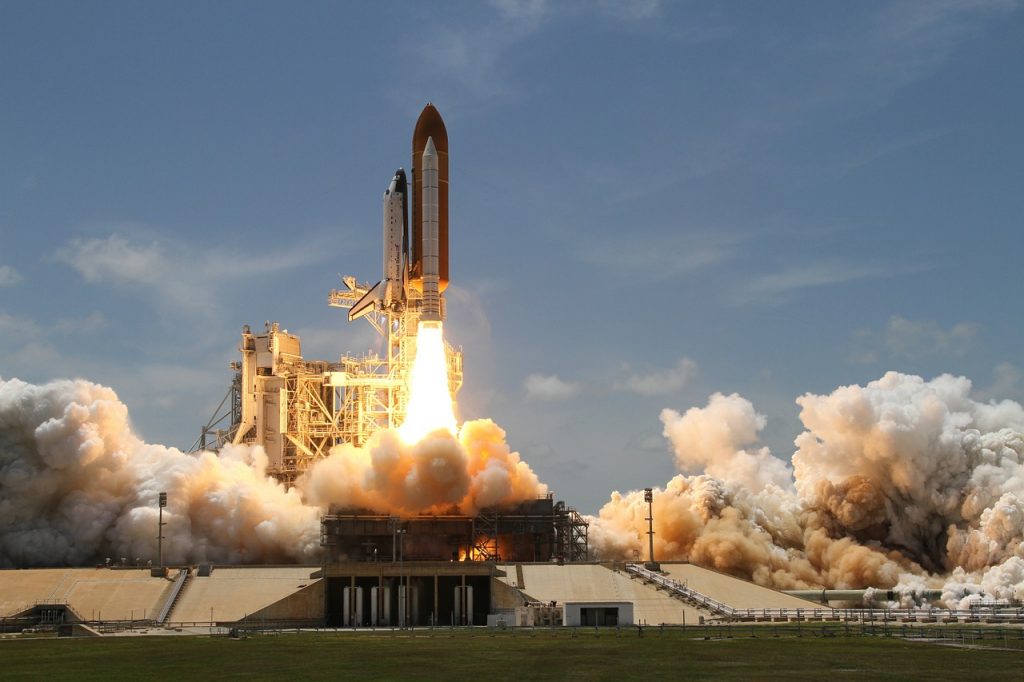Amazon’s Alexa Is Headed To Space
Amazon's Alexa is headed to space as a part of NASA's efforts to bring virtual assistants to rocket cockpits.
This article is more than 2 years old

Popular Amazon virtual assistant Alexa is going into space onboard the Orion spacecraft. Scheduled for early this year, the launch is part of the crewless Artemis I lunar mission. Cisco’s video conferencing software Webex will also be going along for the ride as part of a payload called Callisto. The unusual move is essentially a technology demonstration to see if these gadgets can help future astronauts flying to the Moon or Mars.
If successful, the technology may one day offer astronauts face time with ground control, other crew members, and loved ones back on Earth. Speaking about the groundbreaking move, Vice President of Amazon Alexa, Aaron Rubenson says the onboard version of Alexa will look very familiar in some ways. “It looks like an Echo Dot. It has the light ring that customers expect and works in the way that people are used to seeing it in their homes.”
Artemis I is the first test mission in a series of flights NASA has planned for its space program. The Artemis initiative also aims to send the first woman and first person of color to the Moon. Alexa’s trip will mark the inaugural flight of NASA’s next-generation rocket. The Space Launch System (SLS) is designed to send people and cargo into deep space. Passengers ride on top of the vehicle in a new crew capsule called Orion, The Verge reports.
Since the Artemis I will be crewless, Lockheed Martin, the company building the spacecraft with Alexa and Webex, plans to test the devices with a virtual crew stationed at Johnson Space Center in Houston. The ground-based crew will send voice commands through NASA’s Deep Space Network – an international array of large radio antennas used for communicating during space missions (via Cnet).

Because Alexa won’t have standard internet connectivity in space, the device will need antennas to enable Wi-Fi capabilities. The payload also includes a mannequin and human-machine interface in the spot where the control panel will be. Voice commands will play through a speaker to simulate a real astronaut. The virtual assistant will then respond accordingly.
For now, Alexa will have control over the cockpit lights, which she can manage without having to provide a command into the flight control system. But one day she could help with other activities too. After Artemis I, the next flight is Artemis II which will have real astronauts onboard Orion. Additionally, If Callisto doesn’t work as planned, a future version of the system will probably make it onto future Artemis missions.
Director of commercial civil space strategy at Lockheed Martin, Rob Chambers said they’re discussing the other applications with NASA. The team already has an amazing vision for what future Alex-powered systems could do – like controlling timers, video displays, cameras, and temperatures. “We see the value now,” said Chambers. As such, the team plans to work with members of the space industry to figure out which things have the most value and should be included in this groundbreaking space technology.





